What Animals Live In Hawaii?
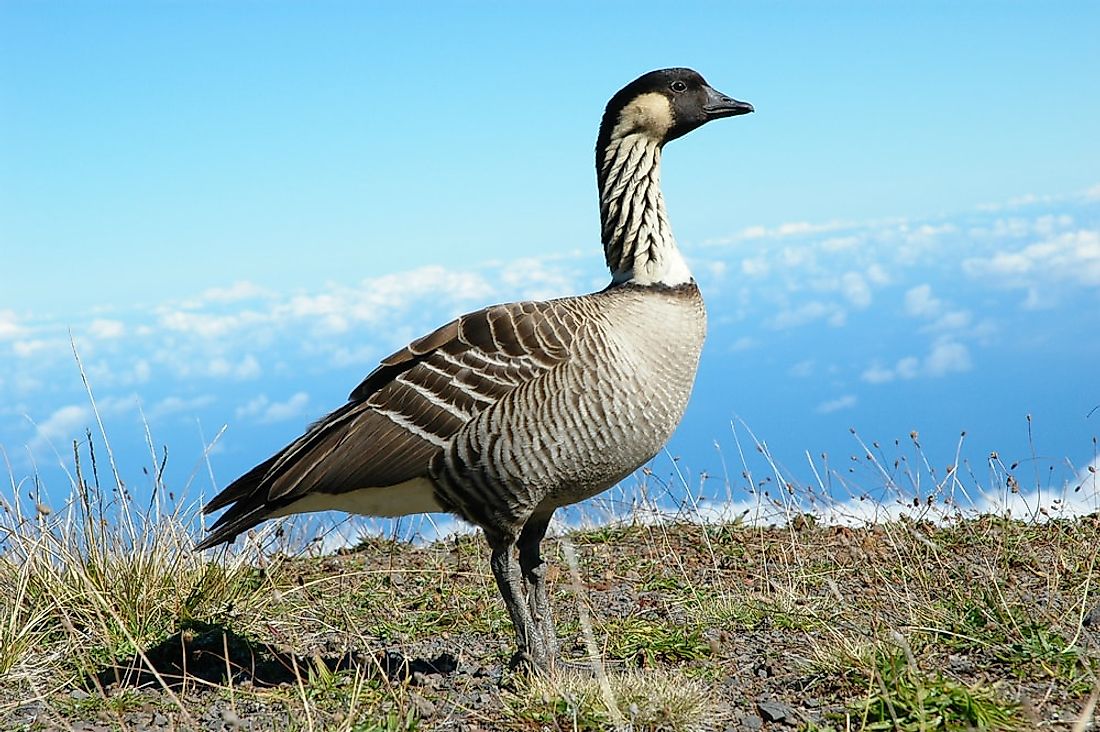
- Hawaii hosts many endemic species of birds like the Hawaiian goose or nene, ‘apapane, ‘amakihi,’and elepaio.
- The Hawaiian hoary bat and the Hawaiian monk seal are two species of mammals found only in Hawaii.
- Hawaii has a rich marine life including whales and dolphins, coral reefs, sea turtles, many species of fish, and more
- Hawaii also hosts many invasive or introduced species of animals like chital deer, feral cattle, feral wallaby, etc.
Hawaii, the most recently declared state of the US, received its statehood in 1959. This state is the only US state that is located in Oceania, is completely composed of islands, and is not physically a part of the Americas.
The uniqueness of Hawaii is not limited to its geographical and political aspects but also extends to encompass its inhabitants. The physical isolation of Hawaii has triggered the evolution of many endemic forms of wildlife on the Hawaiian Islands. The highest rates of endemism have been observed among Hawaiian birds. The Hawaiian goose or nene, ‘apapane, ‘amakihi,’elepaio are some of the endemic avifauna of this US state. The Hawaiian hoary bat and the Hawaiian monk seal are two endemic mammals of Hawaii. Many animals found in Hawaii are, however, introduced species like the Indian mongoose, chital deer, feral wallaby, feral cattle, etc. Being an island country, Hawaii also supports a rich marine life with its offshore waters hosting coral reefs, whales and dolphins, several species of sea turtles, many species of fish, and a variety of other marine fauna.
12. Hawaiian Monk Seal and Northern Elephant Seal
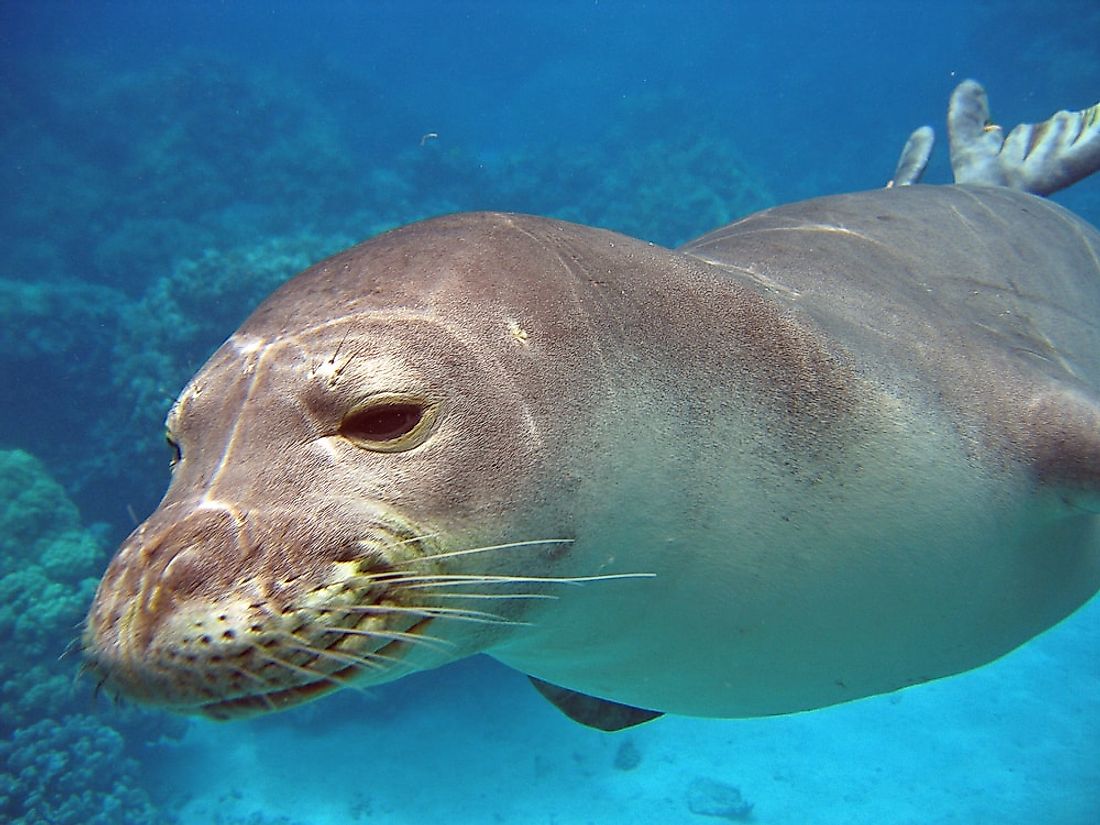
The rarest seal species on Earth, with only about a few hundred remaining, the endemic Hawaiian monk seal is found only in Hawaii. If one is lucky, one might spot this seal basking in the Hawaiian sun on a beach in Hawaii. Visitors are requested to respect the privacy of these creatures and not disturb them or approach too close (maintain a minimum distance of 45 meters) to them on the beach. These seals come to the shore for basking, resting, or giving birth. Seal pups are particularly vulnerable and therefore must not be disturbed at any cost. These Hawaiian monk seals are also susceptible to canine pathogens and hence pets must not be allowed to interact with these species.
The northern elephant seal is named so for its relatively large size and the proboscis of the males of this species using which they make loud, roaring noises. Unlike the Hawaiian monk seal, the northern elephant seal has a more widespread distribution and is not immediately threatened.
11. Whales And Dolphins
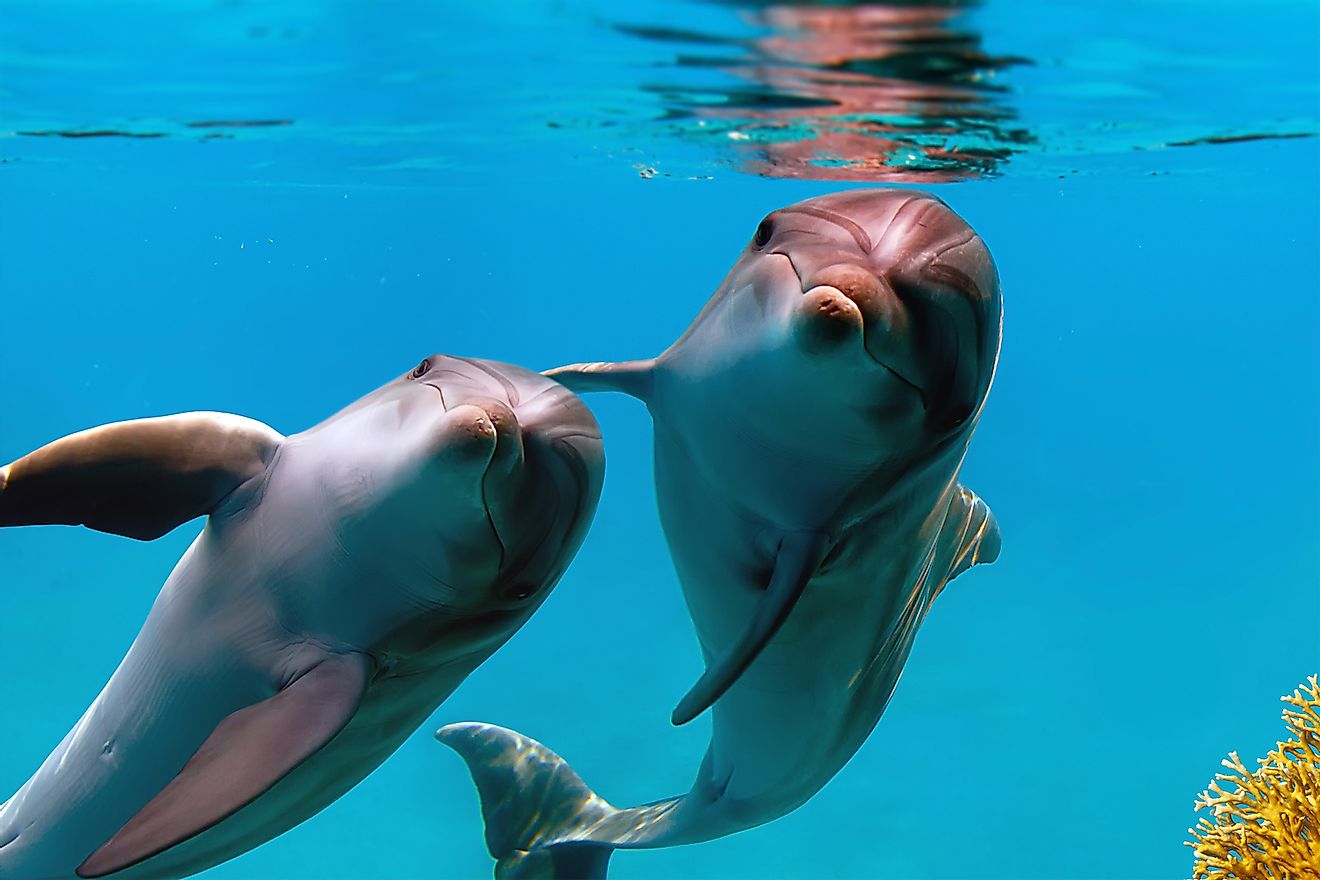
Besides seals, the other major marine dwellers that find their place in our list of “What Animals Live In Hawaii?” are the whales and dolphins. Both are commonly spotted in Hawaiian waters. Every year, these whales migrate from Alaska to Hawaii during the winter. Mating of the humpback whales takes place in Hawaiian waters, and females give birth to calves the following year. Other whales like the North Pacific right whale, minke whale, Bryde’s blue whale, and the fin whale are also occasionally observed in the coastal waters of Hawaii.
Dolphins also find their refuge in the sea waters around Hawaii. Spinner dolphins are particularly common. These creatures are relatively small (about 6 feet in length), have unique body coloration (dorsal surface is dark gray in color, a less deep shade of gray in the middle, and the ventral surface is light colored). Dolphins often reside in the shallow bays of Hawaii which also serve as their mating grounds. Tourists and tourism operators are advised to maintain safe distances from whales and dolphins so that unpleasant confrontations with these sea-dwellers might be avoided. Human presence also disturbs the sense of peace and social life of these creatures. Boaters and swimmers are strictly told to maintain respectable distances from these aquatic animals.
10. Hawaiian Hoary Bat
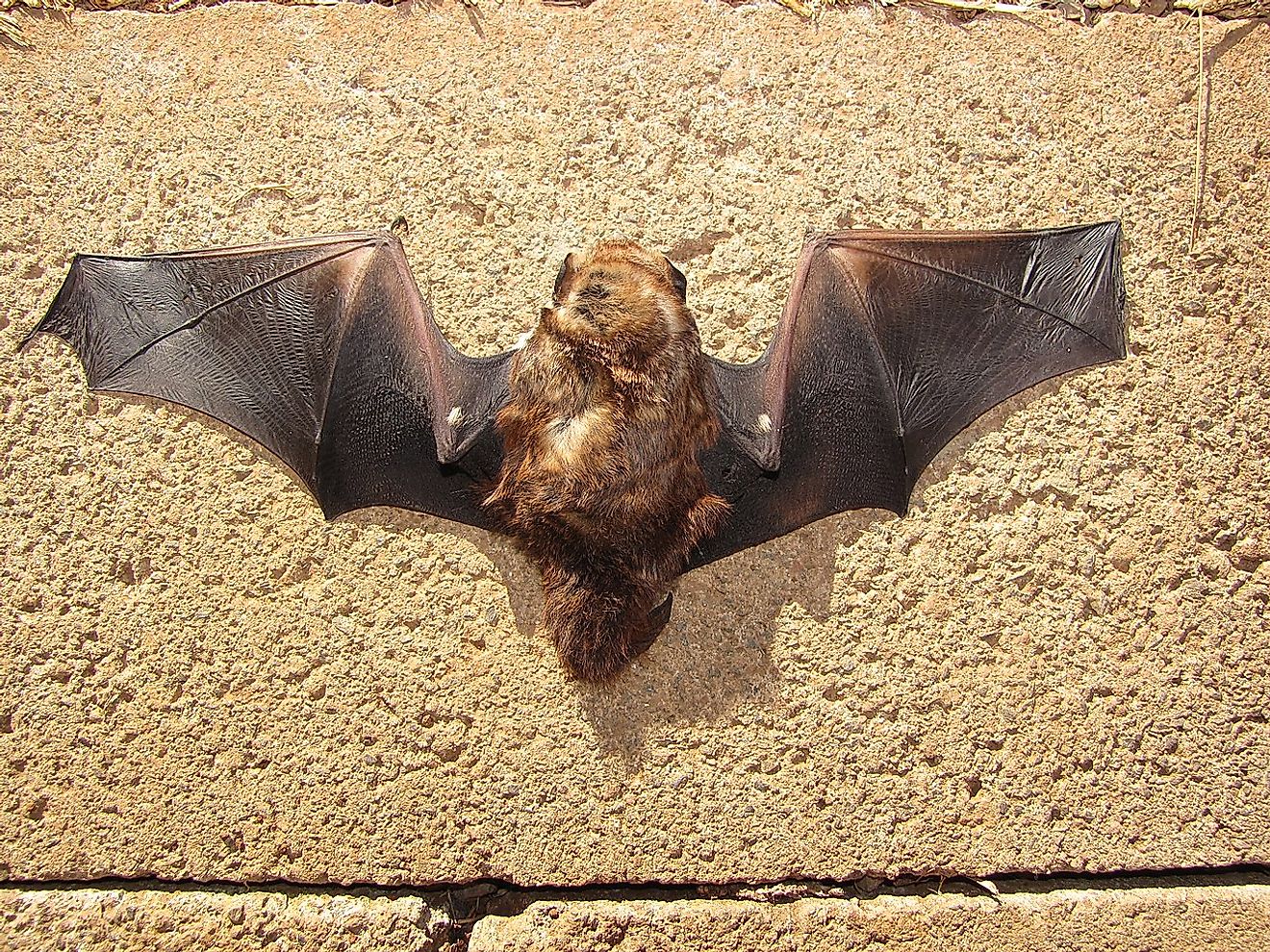
The Hawaiian hoary bat is one of the two surviving mammals (the second being the Hawaiian monk seal) that are endemic to Hawaii. Thus, it finds it position in our list of “What Animals Live In Hawaii?” Earlier, it was believed that the bat was just a sub-species of the hoary bat, but molecular analysis of genetic specimens of this bat proved it to be a distinct species. The Hawaiian hoary bat weighs about 14 to 18 g, and females are larger in size than males. The body of these bats are shaped like half a taro leaf. These bats are nocturnal insectivores. Though these bats were once widespread in Hawaii, today they have been documented in only two islands of the region, Hawaiʻi, and Kauaʻi. Thus, they are classified as Endangered by IUCN.
9. Indian Mongoose
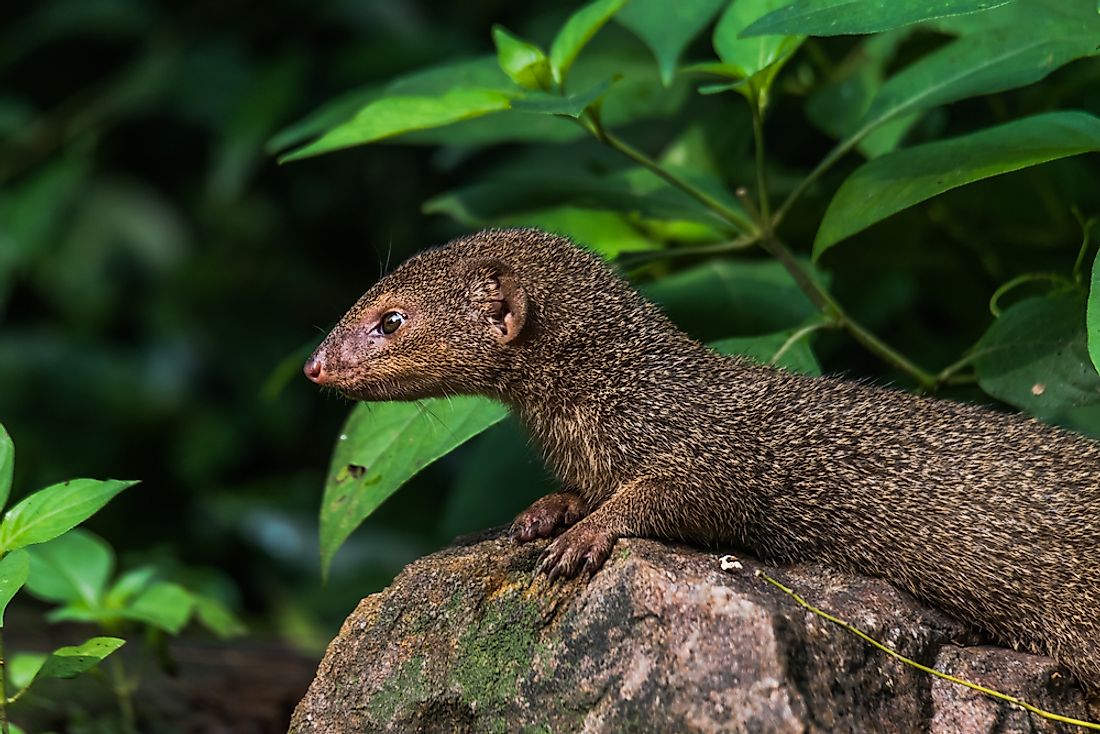
The Indian mongoose is a non-native species in Hawaii. It was introduced to the archipelago in 1883 from India to control the rat population in the sugar plantations of Hawaii. The mongoose population soon grew rapidly and today is widespread across Hawaii. They are weasel-like creatures with a length of about 26 inches, a tail as long as its brownish body, a pointed nose, and rounded ears. The introduction of the mongoose to Hawaii was a big mistake since the animal heavily predated on the ground-nesting birds, bird hatchlings, eggs, and endangered turtles of the island. Large populations of the Hawaiian crow, Hawaiian goose, and other endemic birds of the archipelago have been lost due to predation by the Indian mongoose.
8. Axis Deer And Mule Deer
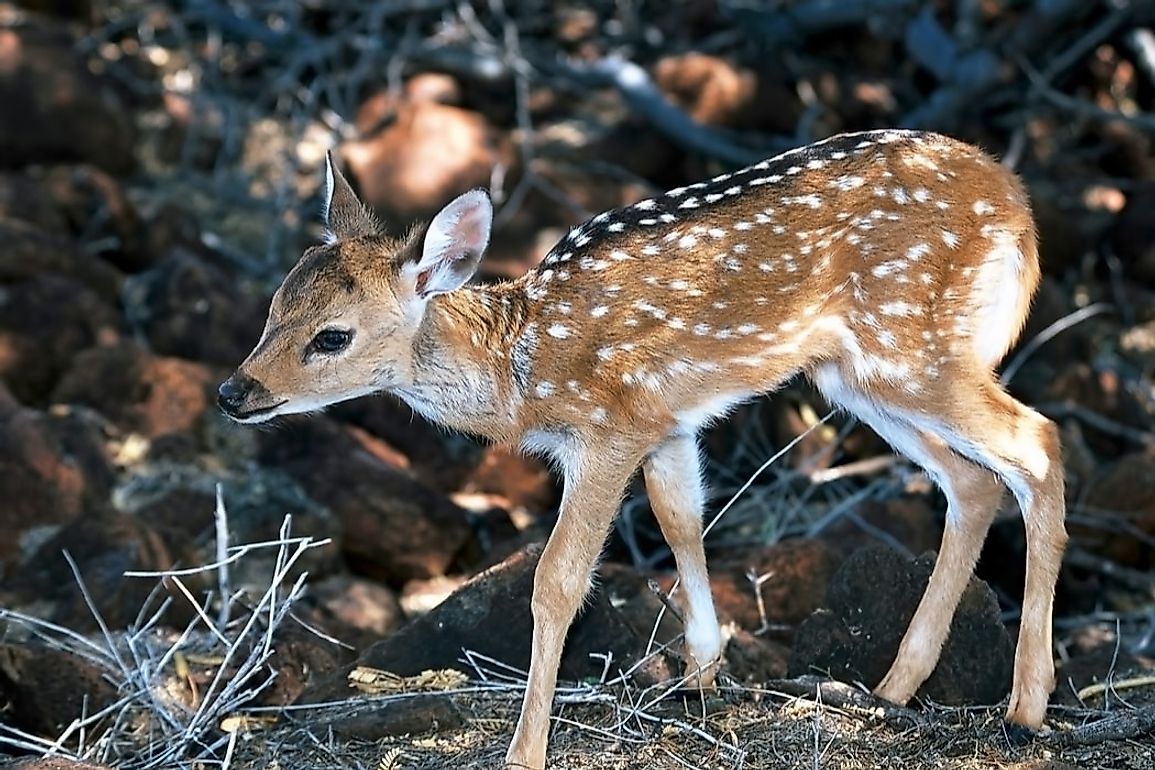
The axis deer or chital, native to the Indian subcontinent, are well-known for their spotted coat, docile nature, and graceful gait. This deer species has always been in high demand in countries across the world. Though not native to Hawaii, this species also finds its place in our list of “What Animals Live In Hawaii?” This deer was first introduced in Hawaii when Hong Kong gifted one to King Kamehameha V, the ruler of the Kingdom of Hawaii (1863 to 1872). Today, the Hawaiian island of Lanai houses a large population of the axis deer.
A deer species indigenous to western parts of North America, the mule deer was introduced to the Kauai Island of Hawaii by humans. Today, a significant population of this deer species also exist in Hawaii.
7. Feral Wallaby
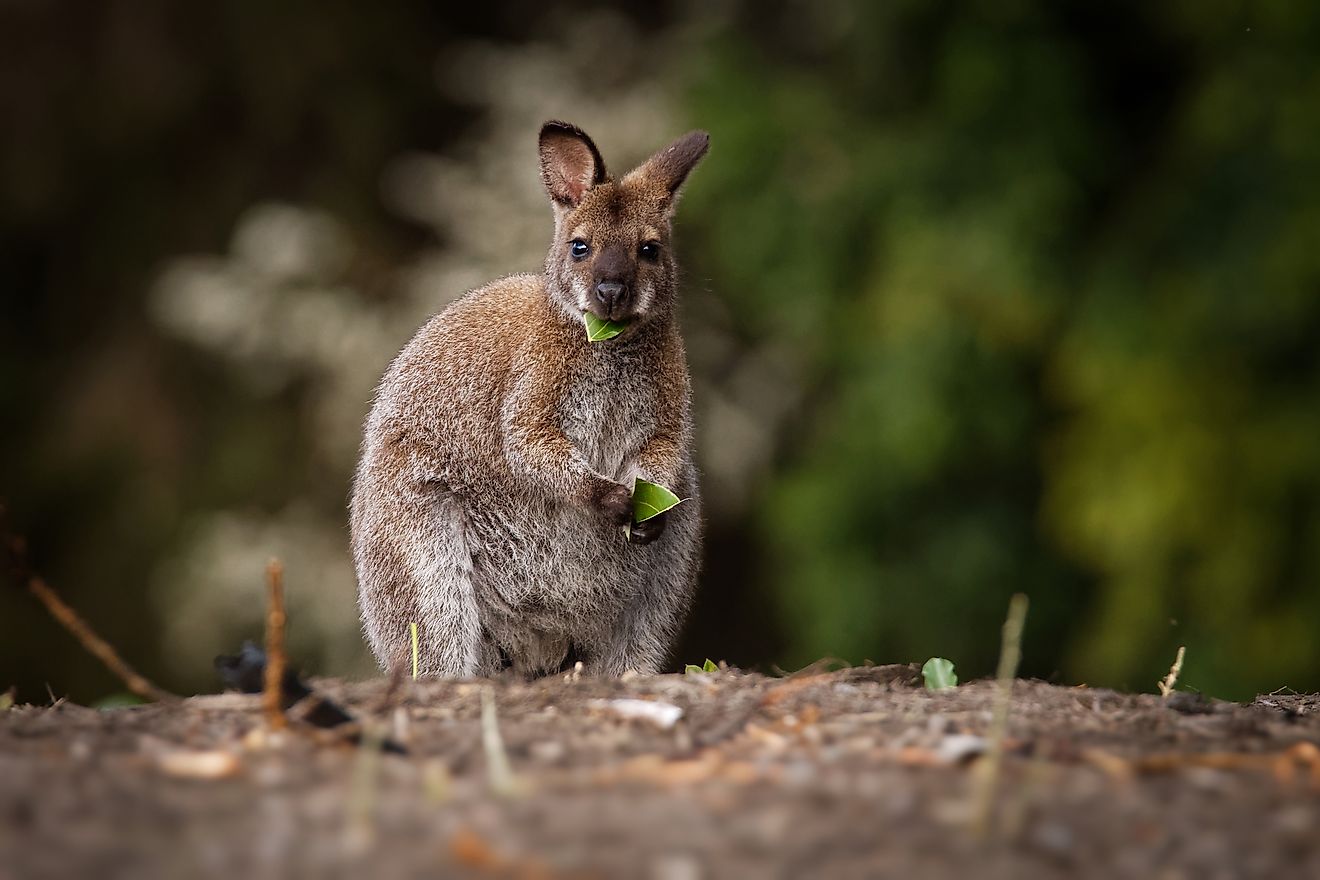
Wallabies are small to mid-sized macropods that are native to New Guinea and Australia. In Hawaii, humans introduced these wallabies as exhibits in a Hawaiian zoo. In 1916, a small population of brush-tailed rock-wallaby managed to escape the zoo. As these animals bred outside in the wild, a feral population of these creatures was established. Today, these wild wallabies can be found in Oahu Island’s Kalihi Valley. These animals are classified as Near Threatened by the IUCN.
6. Feral Cattle, Pig, Goat, Donkey, And Sheep
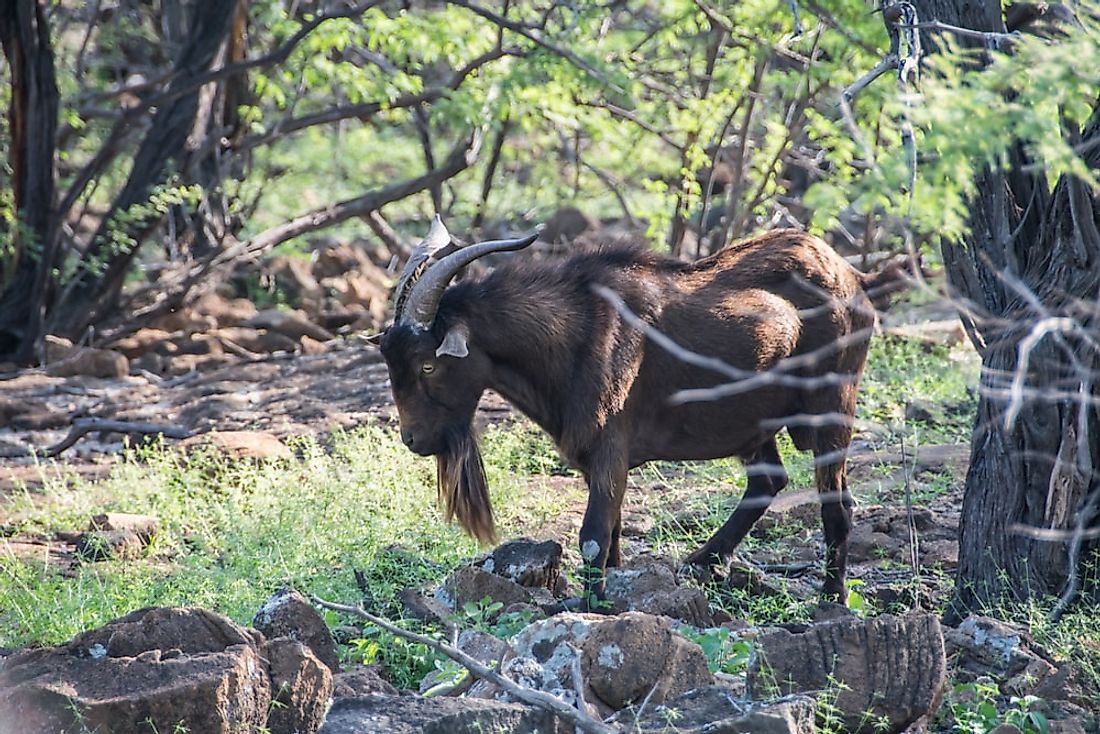
With humans came their animals and so cattle, pigs, goats, donkeys, and sheep all became inhabitants of the island of Hawaii. Thus, they are mentioned here on “What Animals Live In Hawaii?” Many populations started growing in the wild as feral populations. Though these species had less adverse effect on the island’s bird population than feral cats, dogs, and rats; these animals decimated the native vegetation of Hawaii as they grazed on the land. The foraging habit of these animals, in turn, adversely impacted the endemic species of Hawaii that depended on this vegetation for their food source.
5. Hawksbill Sea Turtle
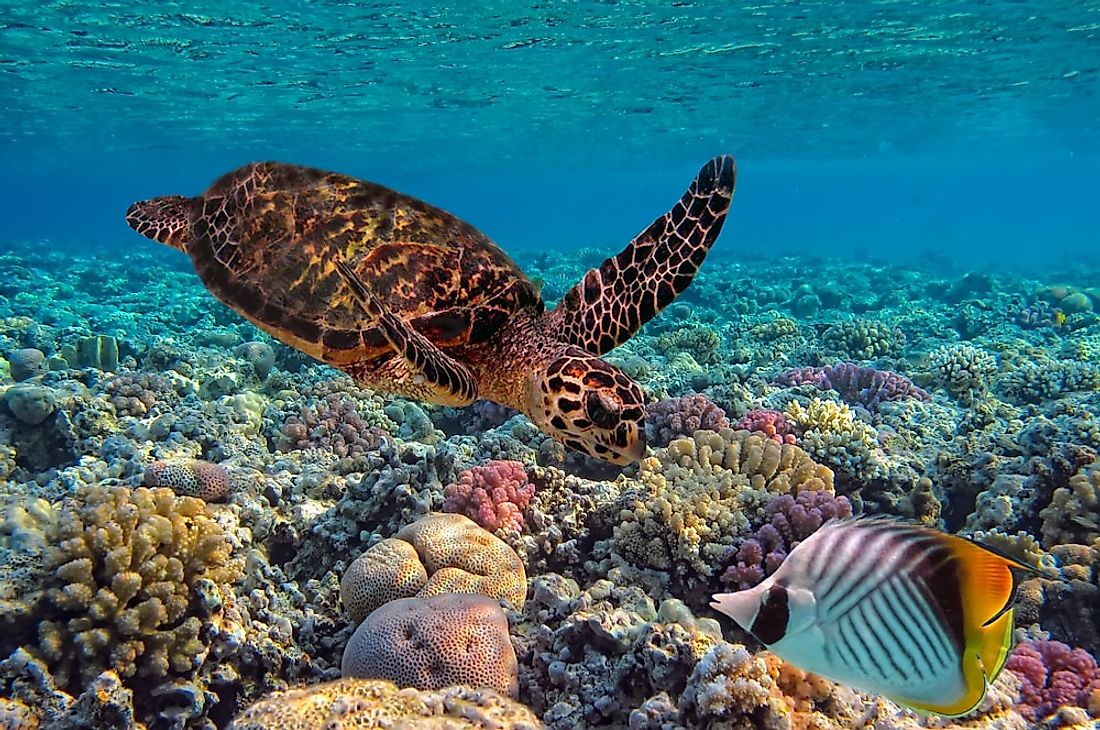
Hawaii is the home of the critically endangered hawksbill sea turtle. Hawksbill seat turtles prefer to feast on sea sponges and can often be found in coral reefs. However, the hawksbill sea turtle moves around a lot, often changing its location within the ocean. Unfortunately, these turtles have been relentlessly targeted for their decorative shells and are now a critically endangered species.
4. Rodents And Rabbits
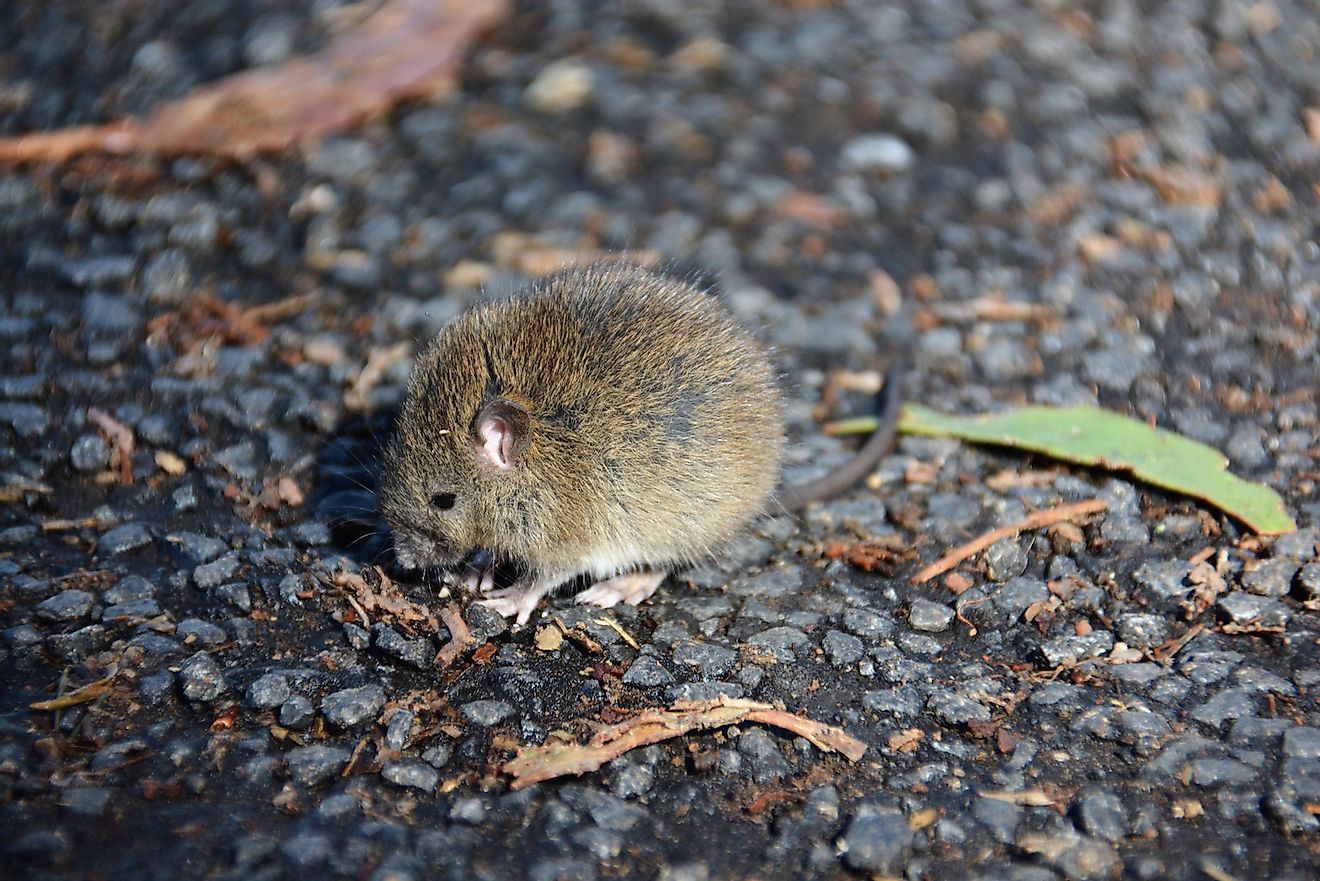
Both rodents and rabbits have been introduced in Hawaii and today are widespread in this archipelago. The arrival of rats to Hawaii spelled disaster for the Hawaiian birds as these creatures started preying on the hatchlings and eggs of the ground-nesting birds of Hawaii. Much like the other invasive species, rodents also played a significant role in the decimation and extinction of many bird species in the US state.
3. Seabirds Of Hawaii
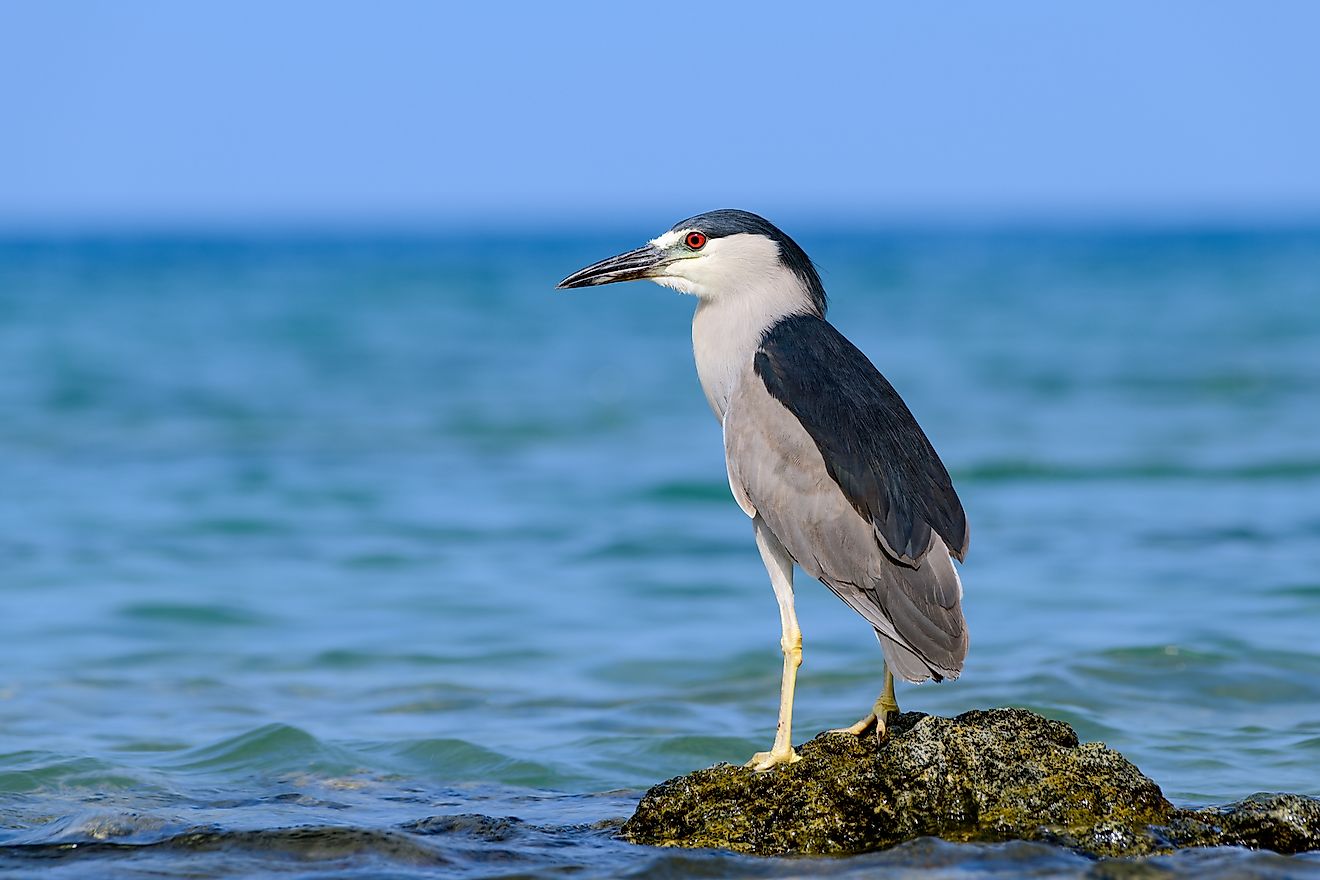
Speaking of “What Animals Live In Hawaii?” we definitely need to mention the unique sea and forest birds of this Archipelago. Hawaii was once the epicenter of endemism with about 113 endemic bird species. However, today the birds of Hawaii are the most threatened species of birds of the entire planet. Since the arrival of humans, the archipelago has lost 71 bird species, 48 before, and 23 after the arrival of the Europeans. Hawaiian birds may be classified as sea birds and forest birds depending on the habitat of these avians. Laysan albatross, great frigate birds, noddies, shearwaters, red and white-tailed tropic birds are some of the seabirds of Hawaii.
2. Forest Birds Of Hawaii
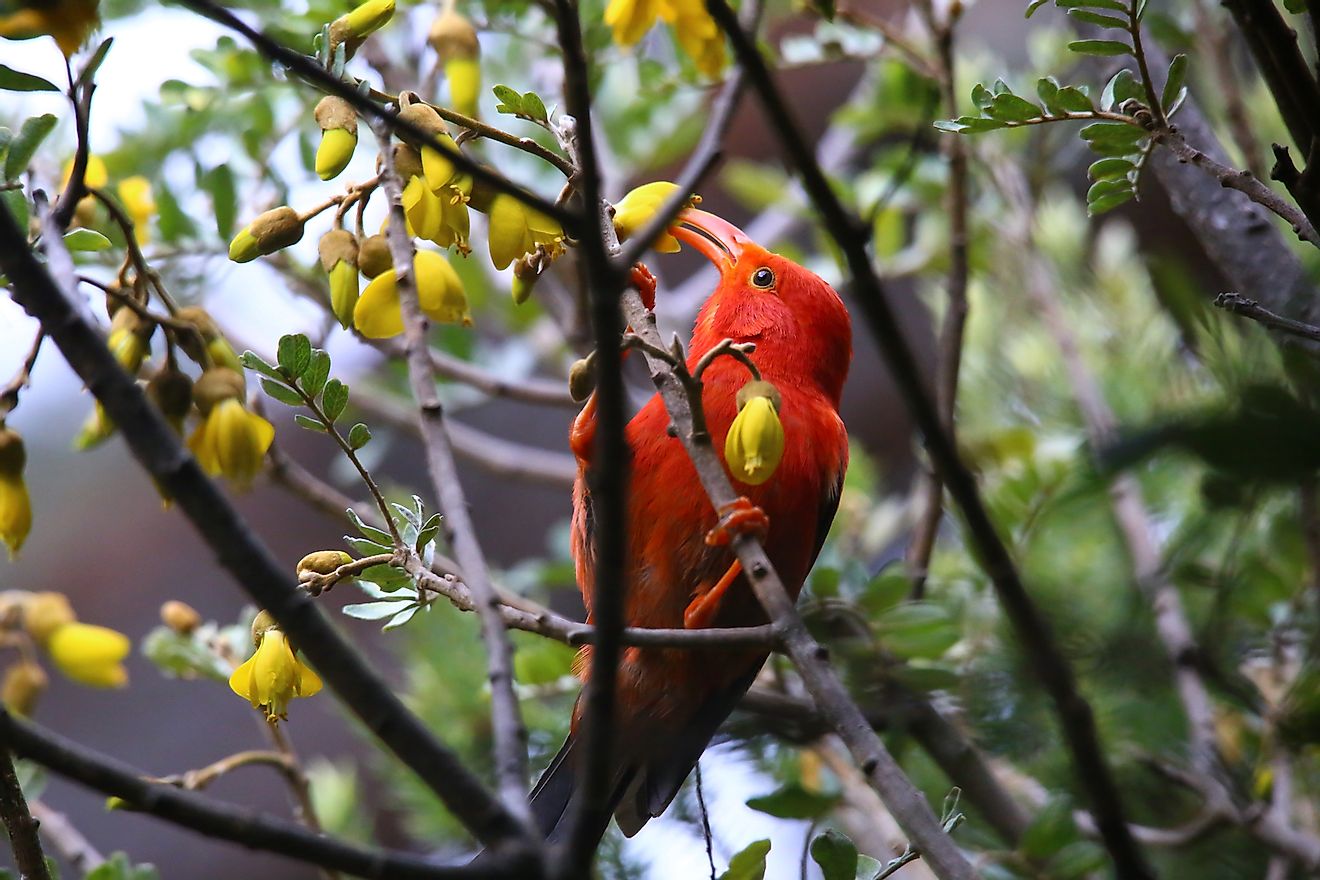
The forest birds of Hawaii have lost much of their range over time. Today, they can be spotted in the last remaining forests of Hawaii, especially at higher elevations (1,400 meters and above) where humans have not yet disturbed the wild habitat to a great extent. The black-billed ‘apapane, salmon-billed i’iwi, the white and brown ‘elepaio, and the yellow-green colored ‘amakihi are some of the forest birds of Hawaii that can still be spotted in these forests.
1. Nene
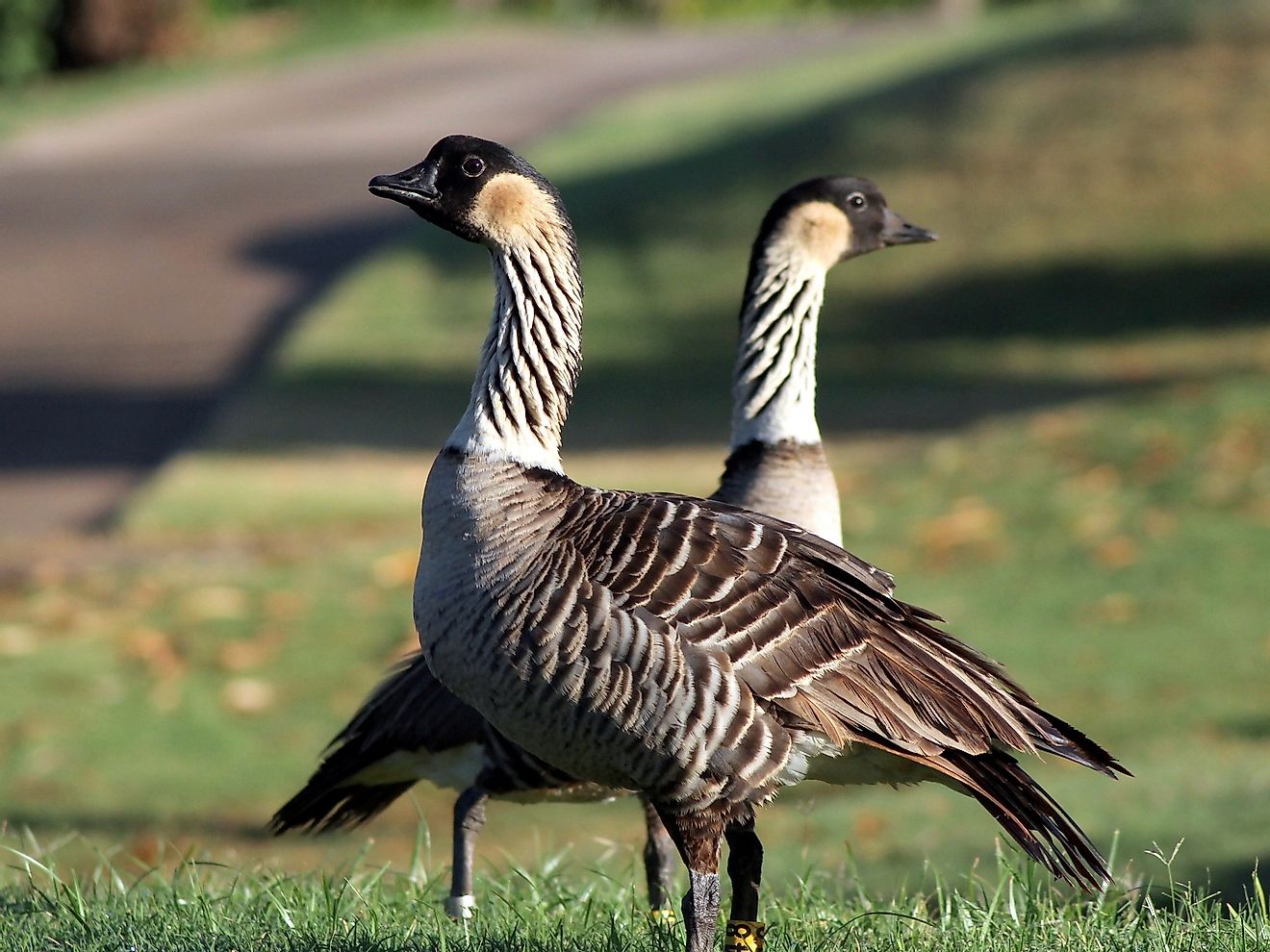
Officially declared as the state bird of Hawaii, the nene or the Hawaiian goose (Branta sandvicensis) is found exclusively on the Hawaiian islands of Maui, Molokai, Hawaiʻi, Oahu, and Kauaʻi. This endemic species is believed to have evolved about 500,000 years ago from the Canada goose which might have migrated to the Hawaiian Islands during this time. The geese are about 41 cm tall. They are often sighted flying from their feeding grounds to their nesting grounds. These herbivorous birds feed on plant parts like seeds, fruits, flowers, and leaves. Hunting by humans and predation by invasive species has drastically reduced the numbers of nene. Today, they are the rarest species of geese in the world, classified as Vulnerable by the IUCN.











